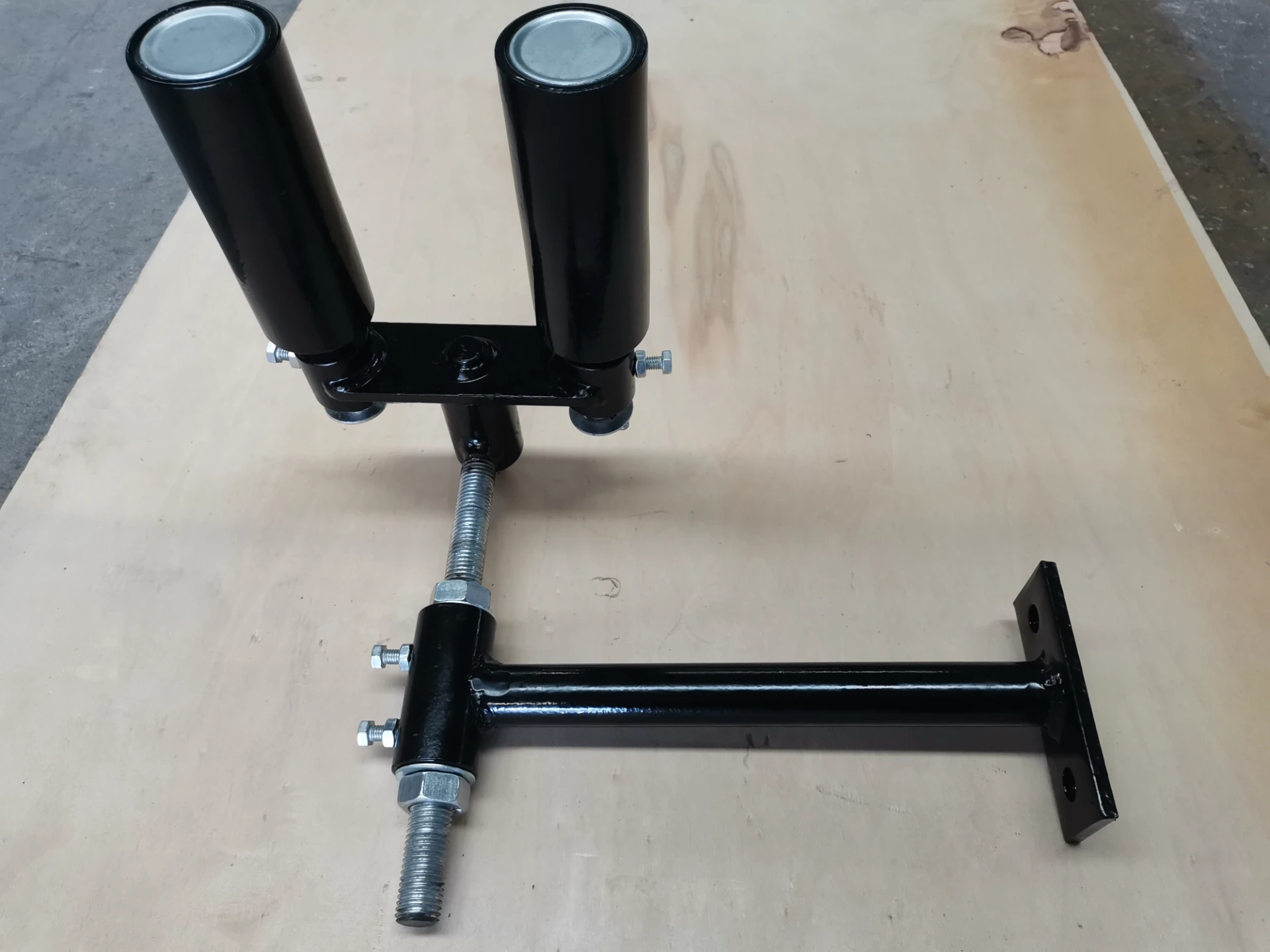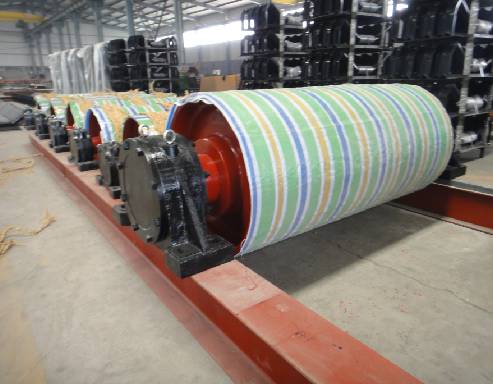 Afrikaans
Afrikaans  Albanian
Albanian  Amharic
Amharic  Arabic
Arabic  Armenian
Armenian  Azerbaijani
Azerbaijani  Basque
Basque  Belarusian
Belarusian  Bengali
Bengali  Bosnian
Bosnian  Bulgarian
Bulgarian  Catalan
Catalan  Cebuano
Cebuano  Corsican
Corsican  Croatian
Croatian  Czech
Czech  Danish
Danish  Dutch
Dutch  English
English  Esperanto
Esperanto  Estonian
Estonian  Finnish
Finnish  French
French  Frisian
Frisian  Galician
Galician  Georgian
Georgian  German
German  Greek
Greek  Gujarati
Gujarati  Haitian Creole
Haitian Creole  hausa
hausa  hawaiian
hawaiian  Hebrew
Hebrew  Hindi
Hindi  Miao
Miao  Hungarian
Hungarian  Icelandic
Icelandic  igbo
igbo  Indonesian
Indonesian  irish
irish  Italian
Italian  Japanese
Japanese  Javanese
Javanese  Kannada
Kannada  kazakh
kazakh  Khmer
Khmer  Rwandese
Rwandese  Korean
Korean  Kurdish
Kurdish  Kyrgyz
Kyrgyz  Lao
Lao  Latin
Latin  Latvian
Latvian  Lithuanian
Lithuanian  Luxembourgish
Luxembourgish  Macedonian
Macedonian  Malgashi
Malgashi  Malay
Malay  Malayalam
Malayalam  Maltese
Maltese  Maori
Maori  Marathi
Marathi  Mongolian
Mongolian  Myanmar
Myanmar  Nepali
Nepali  Norwegian
Norwegian  Norwegian
Norwegian  Occitan
Occitan  Pashto
Pashto  Persian
Persian  Polish
Polish  Portuguese
Portuguese  Punjabi
Punjabi  Romanian
Romanian  Russian
Russian  Samoan
Samoan  Scottish Gaelic
Scottish Gaelic  Serbian
Serbian  Sesotho
Sesotho  Shona
Shona  Sindhi
Sindhi  Sinhala
Sinhala  Slovak
Slovak  Slovenian
Slovenian  Somali
Somali  Spanish
Spanish  Sundanese
Sundanese  Swahili
Swahili  Swedish
Swedish  Tagalog
Tagalog  Tajik
Tajik  Tamil
Tamil  Tatar
Tatar  Telugu
Telugu  Thai
Thai  Turkish
Turkish  Turkmen
Turkmen  Ukrainian
Ukrainian  Urdu
Urdu  Uighur
Uighur  Uzbek
Uzbek  Vietnamese
Vietnamese  Welsh
Welsh  Bantu
Bantu  Yiddish
Yiddish  Yoruba
Yoruba  Zulu
Zulu Feb . 11, 2025 14:13
Back to list
driven pulley and driver pulley
In the world of mechanical systems, particularly those involving power transmission, the concepts of the driven pulley and driver pulley hold paramount importance. These are not mere components; they are the linchpins that facilitate the seamless operation of countless machines, from simple conveyor belts to complex industrial machinery. Understanding their roles, differences, and applications can significantly impact efficiency and productivity.
From an expertise standpoint, the installation and maintenance of these pulleys require precision and regular monitoring. Misalignment or incorrect tensioning can lead to slippage, excessive wear, and eventual system failures. Regular maintenance checks, including belt condition and alignment inspections, are crucial for prolonging the lifespan of both pulleys and ensuring efficient operation. Authoritativeness in the context of driven and driver pulleys can be seen in industry standards and certifications that ensure these components are produced and perform to established benchmarks. Leaders in pulley manufacturing adhere to strict quality controls, providing users with components that boast reliability and durability. Experience with these systems underlines their versatility across industries. In manufacturing, for example, pulley systems streamline production lines, enhancing efficiency. In the agricultural sector, they drive essential machinery, from tractors to irrigation systems, showcasing their adaptability and indispensability. A trusted pulley system is not just about the mechanical parts in play but also about the partnerships between manufacturers and end-users. Companies specializing in pulley systems often offer extensive support, from initial consultation to after-sales service, ensuring users can maximize their mechanical investments with peace of mind. In conclusion, the intricacies of driven and driver pulleys encompass more than just basic mechanical concepts. Their profound impact on system efficiency, the importance of material choice, the necessity of precise installation and maintenance, adherence to authoritative standards, and the trust built through strong manufacturer-client relationships all contribute to their critical role in modern mechanical systems. As industries evolve, the driven and driver pulleys continue to adapt and innovate, underpinning the success and advancement of countless applications worldwide.


From an expertise standpoint, the installation and maintenance of these pulleys require precision and regular monitoring. Misalignment or incorrect tensioning can lead to slippage, excessive wear, and eventual system failures. Regular maintenance checks, including belt condition and alignment inspections, are crucial for prolonging the lifespan of both pulleys and ensuring efficient operation. Authoritativeness in the context of driven and driver pulleys can be seen in industry standards and certifications that ensure these components are produced and perform to established benchmarks. Leaders in pulley manufacturing adhere to strict quality controls, providing users with components that boast reliability and durability. Experience with these systems underlines their versatility across industries. In manufacturing, for example, pulley systems streamline production lines, enhancing efficiency. In the agricultural sector, they drive essential machinery, from tractors to irrigation systems, showcasing their adaptability and indispensability. A trusted pulley system is not just about the mechanical parts in play but also about the partnerships between manufacturers and end-users. Companies specializing in pulley systems often offer extensive support, from initial consultation to after-sales service, ensuring users can maximize their mechanical investments with peace of mind. In conclusion, the intricacies of driven and driver pulleys encompass more than just basic mechanical concepts. Their profound impact on system efficiency, the importance of material choice, the necessity of precise installation and maintenance, adherence to authoritative standards, and the trust built through strong manufacturer-client relationships all contribute to their critical role in modern mechanical systems. As industries evolve, the driven and driver pulleys continue to adapt and innovate, underpinning the success and advancement of countless applications worldwide.
Next:
Latest news
-
Revolutionizing Conveyor Reliability with Advanced Rubber Lagging PulleysNewsJul.22,2025
-
Powering Precision and Durability with Expert Manufacturers of Conveyor ComponentsNewsJul.22,2025
-
Optimizing Conveyor Systems with Advanced Conveyor AccessoriesNewsJul.22,2025
-
Maximize Conveyor Efficiency with Quality Conveyor Idler PulleysNewsJul.22,2025
-
Future-Proof Your Conveyor System with High-Performance Polyurethane RollerNewsJul.22,2025
-
Driving Efficiency Forward with Quality Idlers and RollersNewsJul.22,2025
OUR PRODUCTS





























